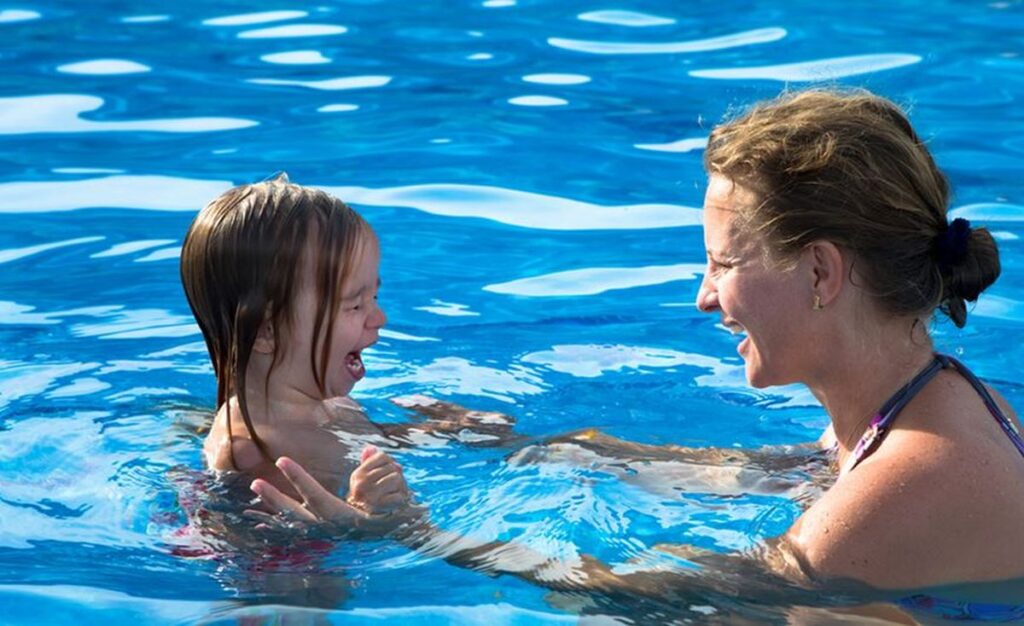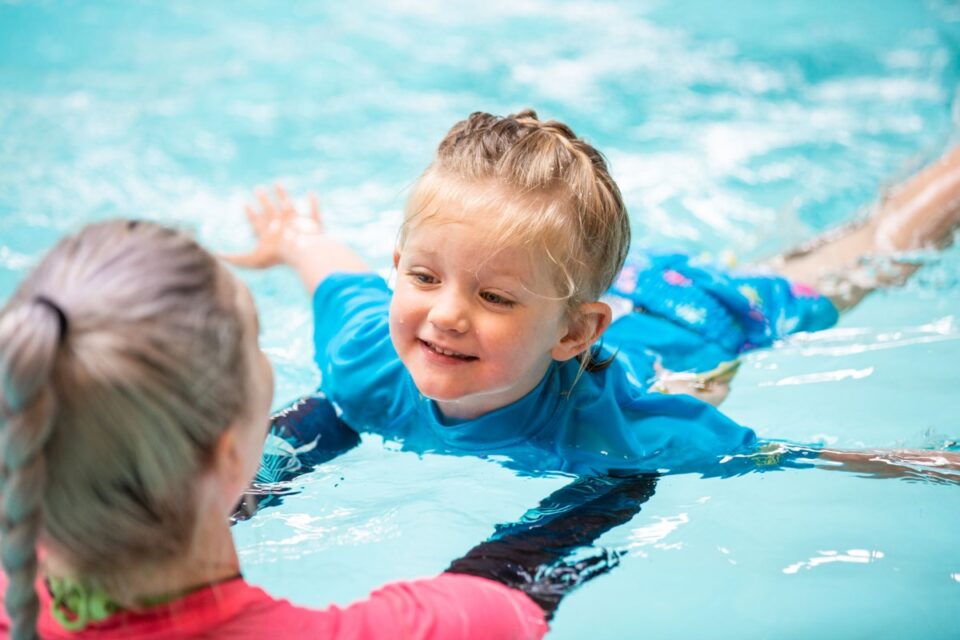Fear of water can lead to difficulty with chronic anxiety. In this blog post, we’ve compiled some tips to help your little one overcome the fear of water.
From teaching them about water safety to identifying triggers and managing stress levels, read on to learn everything you need.
Understand the Cause of Fear

The cause of fear can vary from person to person, but there are some general causes that are common to most people.
One common cause of fear is the feeling of being in danger. This can be a result of actual danger or simply the anticipation of it. Most children feel that way when they enter the pool for the first time. That’s why swimming lessons for kids can be helpful. Other causes of fear may include memories of traumatic events or experiences, anxiety or stress, and seeing frightening images or thoughts.
If the fear is due to a traumatic event, then you may need to work on rebuilding trust with your little one and helping them to cope with their emotions. If the fear is due to anxiety or stress, then teaching relaxation techniques may help reduce these feelings.
If the cause of the fear is not readily apparent, you may need to try some different methods to help your child relax and feel comfortable around pools. These could include playing games that involve water, reading stories about characters who enjoy swimming, or watching movies that feature pleasant swimming scenes. You should also encourage your child to take regular swims if they are comfortable doing so and make sure they stay safe by following basic safety guidelines.
How to Help Children Manage Fears

There are many ways to help your child overcome their fear of water. Some methods may work better for some children than others, so it is important to try a few different things before deciding what works best.
1.Use Guided Imagery and Visualizations
When your child is focusing on a pictures or scene in their mind, this can help to ease their fears and relax them. You can also create your own visualization exercises to help your child focus on positive thoughts about water. This will help them to associate the water with positive feelings, which will hopefully reduce their fear of it.
Vizualizaton exercises
Start by gradually introducing them to the water. Have them practice getting in and out of the pool, wearing a life jacket while floating on their back, or simply taking a few steps into the water without getting too wet. Gradually increase the time they spend in the pool or river.
Make sure they have plenty of opportunities to practice different activities around water, such as swimming, floating, kayaking and canoeing. This will help them learn how to relax and have fun in the water.
Try some underwater exercises with your little one – this can be done by sitting them down in a shallow pool or river with their feet hanging over the side and holding onto their ankles while they breathe through a straw fitted inside a rubber duckie or swimming toy. This will help them learn how to breathe under water and control their buoyancy (which is key for diving).
2.Teach Your Child About Water Safety

Water safety is a critical topic for both youngsters and adults. In fact, according to the Centers for Disease Control and Prevention (CDC), nearly two-thirds of all deaths due to unintentional injuries are associated with water-related incidents.
One of the best ways to teach your child about water safety is by starting early.
-Always use a life jacket when swimming or boating.
-Stay close to shore when swimming. If there’s an emergency, swim toward shore as quickly as possible.
-If you’re caught in high water, stay calm and float on your back until help arrives. Don’t try to swim if you can’t swim well or if you’re injured.
3.Introducing Them to the Water
Introduce the water gradually:
Start by getting your child comfortable in a safe place near the pool or river, like on a floatie or in a shallow area. Once they’re feeling comfortable, slowly introduce them to the water. Try to keep things calm and reassure your child that you will be there with them every step of the way.
Talk about the water:
Once your child is comfortable with being in and around the water, explain what’s going on around them. Talk about how the waves are crashing and how the tide is coming in and out. Help your child understand why these things happen and why they’re not afraid of them.
Assure safety first:
Always make sure your child remains safe while in or around the water: stay close by, watch for obstacles and never go beyond guidelines set by Safe Swimming Resources (like staying within arm’s reach of an adult).
4.Preparing your child for swimming

Start with a positive attitude:
Start your child’s swimming experience off on the right foot by having a positive attitude yourself. Remind them that swimming is just like any other fun activity – it can be fun and exciting if they try it with a positive mindset.
Set realistic expectations:
While you want your child to have fun, don’t expect them to swim laps or learn dangerous strokes overnight. It may be helpful to set some reasonable goals for their first swimming session, such as swimming 200 meters or learning how to tread water for 30 seconds. As they progress, you can gradually increase the difficulty of the exercises.
Provide encouragement and support:
Make sure your child feels supported while swimming – give them verbal encouragement and offer assistance when needed. If possible, get them involved in the poolside activities beforehand so they are already familiar with the surroundings and in a good mood before diving into the pool!
5.Help your child develop confidence
If your child is struggling to develop the confidence to swim, there are several things you can do to help. First, make sure the pool is well-maintained and that it’s safe for your child to swim in. Next, help your child learn how to swim correctly by teaching them how to breathe properly, stay calm under water, and use proper strokes. Finally, encourage your child to participate in swimming competitions and other water-based activities.
Conclusion
Fear of water is a common phobia that can be difficult for youngsters to overcome. But by following these simple steps, you and your child will be well on the way to overcoming this fear and restoring some good balance in your life!



